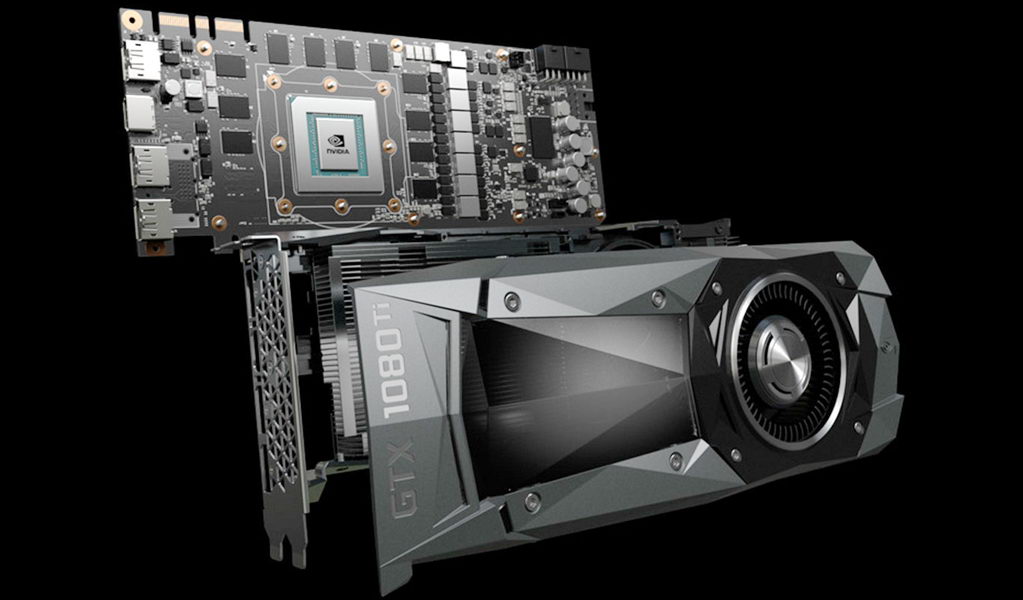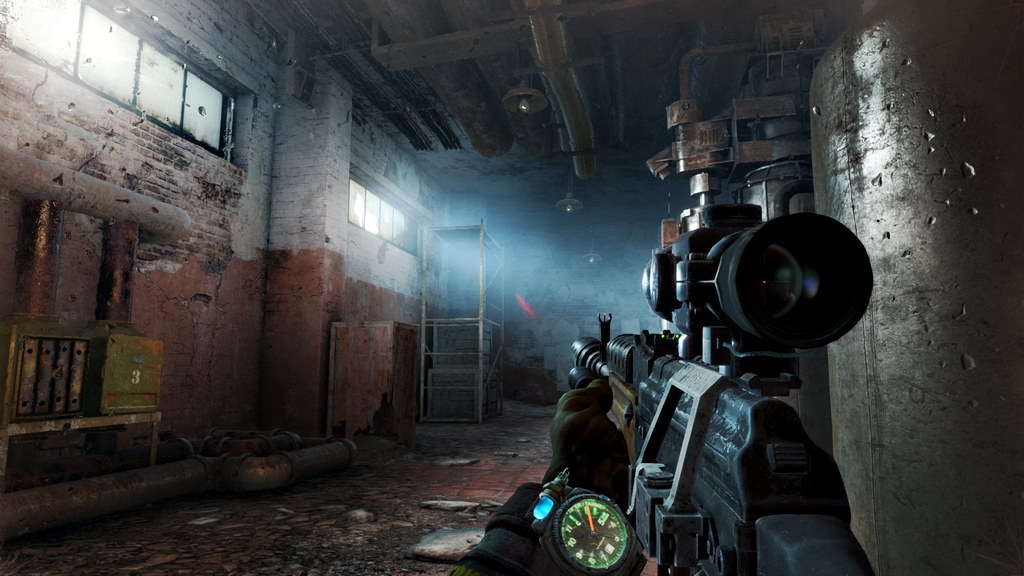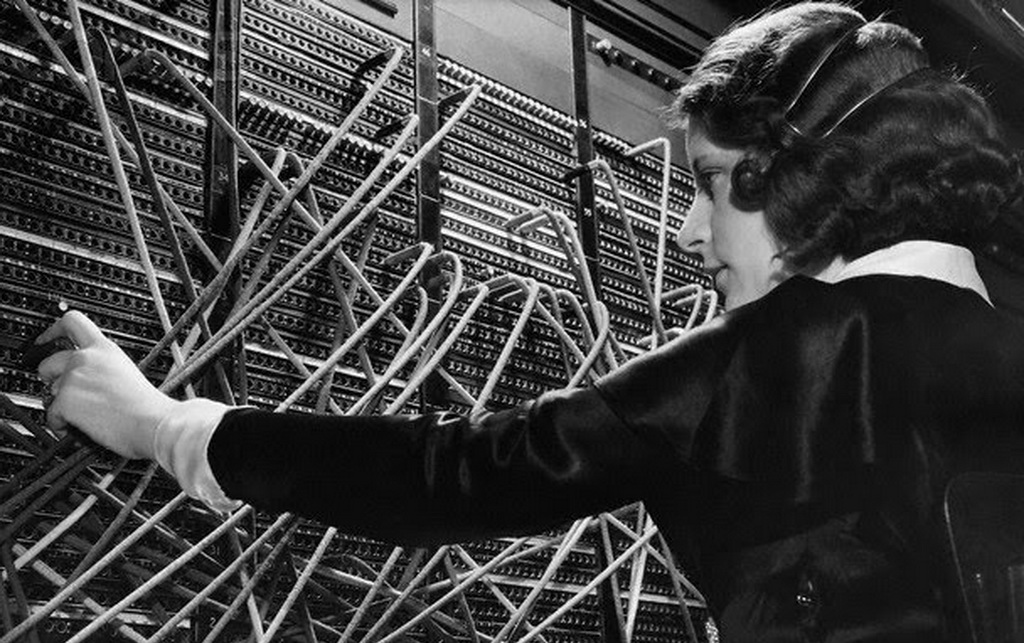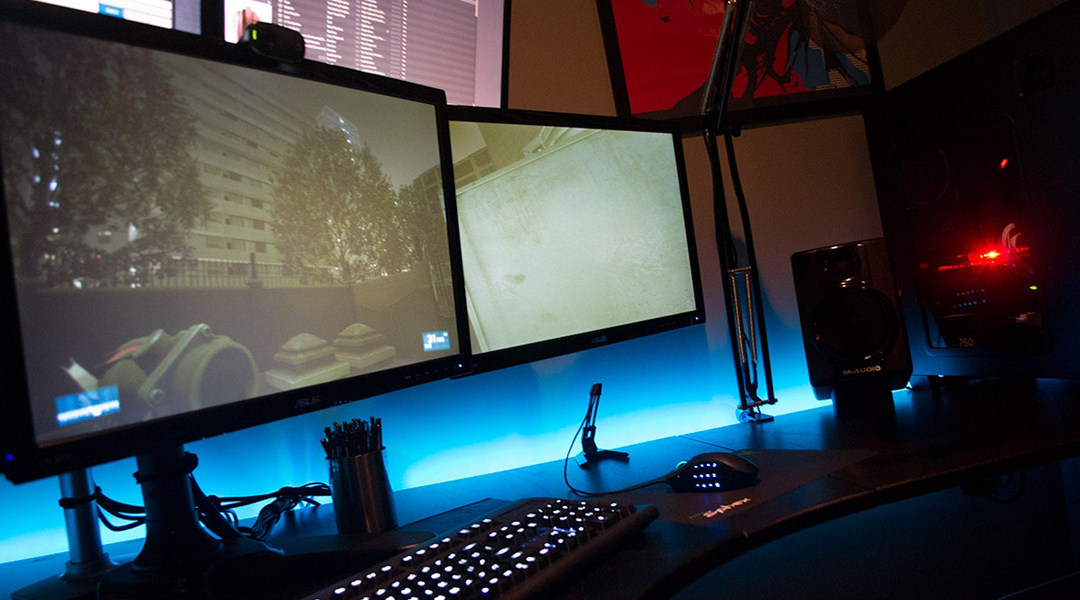
by CDO Technolgy | Jun 25, 2017 | CDO Technology News, Gaming System, Pro Workstations
When determining which kind of graphics card would be ideal for a particular computer system, one must consider for what purpose the system is to be used. There are two primary classifications of graphics cards: professional and consumer. The professional cards are optimized for productivity applications, while the consumer cards are optimized for recreation and entertainment purposes. Two of the most commonly sought after professional graphics cards are the NVIDIA Quadro and the AMD FirePro. Quadros come in several varieties, with a range that encompasses an astonishing array of different types. Each type has its own combination of possible factors, including speed, memory, power usage, and connector. AMD’s FirePro also represents a fairly large range of possibilities and options to enhance compatibility, however this company tends to have a rather small share of the overall graphics card market. Still, the FirePro is a powerful graphics card made to run efficiently with a reasonable power draw.
The main pros for professional graphics cards include excellent performance, especially for CAD programs and similar productivity software, products for mobile devices, continuing innovation, and specialized technology. Professional graphic cards also have stricter quality control and use better parts in manufacturing and are designed to run 24/7 at peak workload. Their software (drivers) have been tested/certified to work with professional applications while consumer grade has not.
Cons include a higher price, the need to examine the specifications carefully to be sure the correct one has been chosen for the machine into which it is to be installed, and the fact that some need additional cables or adapters that may or may not be included in the package.
Common consumer graphics cards include the NVIDIA GeForce and the AMD Radeon. NVIDIA’s GeForce has at least 13 series, each a bit better than the last. They also have options for mobile devices and smaller machines. These graphics cards are well known among gamers as an excellent option. The newest series, GTX, takes gaming to a new level with Maxwell architecture for acceleration, offering fast performance and the latest technology for gaming. AMD’s Radeon is geared for speed, immersion, and graphics that dazzle the eyes. Their processors are optimized for efficiency of power while delivering a visual experience that more than satisfies.
These consumer graphics cards’ upsides include the fact that they are specifically geared to gaming, allowing quick drawing for higher frame rates. They contribute to lower latency and better visuals. The downsides of these cards include the fact that, generally, they use quite a bit of power. They tend to heat up quickly and, without proper ventilation, can overheat. They are one of the largest components you may add to your computer, when upgrading.
When choosing a graphics card for a system, lean strongly toward a professional graphics card if the machine is to be used for CAD or other design-oriented software. Choose a consumer graphics card if the machine is intended for gaming.

by CDO Technolgy | Mar 12, 2015 | CDO Technology News, Gaming System
Game Enthusiasts understand that no other platform can match the quality and intensity of the game-play that you can get from a correctly configured Gaming Desktop. These Game Enthusiast Desktops are very specialized high-performance systems where choosing the right components really does matter. If you want to play the most current, intensive, and demanding games you will need to be sure you pick the correct processor, quantity of RAM, hard drive, and of course, GPU (graphics processing unit).
Today’s Gaming Desktop market has many choices. Such as: standard, overclocked and liquid-cooled CPUs, mid to high end graphic cards, multi-graphic card(s) choices for Crossfire and SLI, many different options for RAM, and mechanical HDDs & SSD drive choices. The following is some of the information you will need to correctly customize a good Gaming Desktop.
Processor (CPU)
A solid starting point good Gaming Desktop is quad-core processor. Manipulating and creating 3D objects for the complex games of today requires high frequency CPUs. Systems that have safely overclocked processors can provide up to 25% more CPU frequency for games than standard CPUs. Liquid cooling systems can help to keep the CPU cool when the processor is stressed.
GPU / Graphics/Video Card
The GPU (graphics processing unit) is the processor on the graphics card. It creates the image you see on your LCD monitor. You want the GPU to be able to squeeze the highest number of frames per second out of your gaming system. Playing the most demanding games with the graphics set to the highest resolution and a high frame-rate, will require a high-performance graphics card. If you are running a single 1920 x 1080 monitor, buy the best single graphics card you can afford.
Large & High Resolution Display Screens (Monitor)
A high resolution display requires a lot of GPU memory and that is only available on top end cards. When running high monitor resolutions and 4K displays, multi-graphics cards are a good idea. While adding a second graphics card won’t double the performance; you will typically see a 25-50% increase. Multi-graphic card setups tend to consume a lot of power and can generate a lot of noise, but for those that want the biggest, badest gaming PC on the block, it will be well worth it.
RAM / System Memory
Having enough RAM is always important. It is better to have more memory than not enough. Sometimes it is difficult to determine how much is adequate. More RAM will allow you to do more multitasking without getting bogged down. We recommend at least 8GB of RAM as a minimum to start with and much more for demanding games. A good rule of thumb is having as least a 25% buffer of RAM usage while running very intensive games.
Hard Drives (HDD vs SSD)
The types of hard drive that are most commonly used are the disk based SATA HDD (hard disk drive) and the chip based SSD (solid state drive). By using SSDs you will have increased data read times and decreased seek times versus SATA HDD drives. Sustained read times can also be more than four to five times higher with an SSD as well, seek times are also much faster. Consequently you will see that SSDs, being faster, are rated in nanoseconds instead of milliseconds like SATA drives. Using SSD’s can cause system performance to increase dramatically. For good balance that utilizes the strengths of both technologies we recommended using at least a 250GB SSD is for the O/S and program installation and also 1TB to 3TB SATA mechanical drive for data storage. For extreme performance you should consider using a striped RAID; check out our RAID article for more information.

by CDO Technolgy | Oct 24, 2014 | CDO Technology News, Input Devices
What is a KVM Switch?
One of the most useful technological devices for home and business situations is the KVM switch. The name is technically “keyboard, video, and mouse switch.” KVM switches save time by allowing one to view multiple computers on one monitor by switching among them, instead of having to walk to a different monitor every time something needs to be done on another computer. KVM switches are typically used in businesses because some KVM switches can handle up to thirty-two computers. This makes KVM switches very helpful in cases of multiple servers, especially when several servers are on the same rack. Although all KVM switches do virtually the same thing, there are some differences.
 The most important difference that must be taken into account is the type of video signal to be used. KVM switches are primarily made with either DVI input and output or VGA input and output. Although VGA is the older, analog video signal; it is still the most commonly used. The video outputs of the single monitor and the computers or servers help determine what kind of KVM to use. If the monitor has only one video input (frequently VGA), then all the computers must have the same video output. KVM switches will not convert video signals. When the monitor has both DVI and VGA input, the video outputs on the computers will determine which KVM is best for the situation.
The most important difference that must be taken into account is the type of video signal to be used. KVM switches are primarily made with either DVI input and output or VGA input and output. Although VGA is the older, analog video signal; it is still the most commonly used. The video outputs of the single monitor and the computers or servers help determine what kind of KVM to use. If the monitor has only one video input (frequently VGA), then all the computers must have the same video output. KVM switches will not convert video signals. When the monitor has both DVI and VGA input, the video outputs on the computers will determine which KVM is best for the situation.
Another factor to look at on KVM switches are the connections needed for peripherals. The majority of older and still many current KVM switches use the PS/2 connections for the mouse and keyboard for each computer. Many newer KVM switches use USB ports instead of the PS/2 connections. This is primarily because the majority of newer computers support fully bootable USB devices, and most peripherals are USB.
KVM switches are also often connected with special cabling kits that usually bind the video and PS/2 or USB cables together. In some cases cat5 cables are used to connect computers to the KVM in conjunction with other cables depending on the specific KVM switch. Some KVM switches now include audio input and output jacks stepping up the experience to include audio with video. Usually at least some cables are included with a KVM switch when it is purchased. The cables usually included are those for peripheral devices and/or audio.
KVM switches are valuable tools. KVM switches are ideal for saving time and energy when large arrays of computers or servers are involved. They also provide a variety of connections to fit almost every situation. Using a KVM switch is one of the best ways to conserve resources and to get the job done just a bit easier.

by CDO Technolgy | Aug 12, 2014 | CDO Technology News, Maintenance, Monitors
Safely and Efficiently Cleaning LCD’s.
As the old CRT (cathode ray tube) monitors continue to rapidly exit the scene of everyday life, they are replaced by the sharp, high resolution LCD (liquid crystal display) monitors. Like all screens, LCD’s collect significant amounts of dust and smudges. The question that many encounter is, “How can I clean my LCD safely?”. It is important to clean an LCD monitor correctly to get the best experience from it.
The first step is to examine what not to use to clean an LCD. First, standard cleaning products that contain chemicals like ammonia or alcohol should be avoided. A common product people have used is Windex. These kinds of chemicals can damage an LCD by causing the coating on the LCD to degrade or come completely off. Regular tap water is also not advisable due to the chemicals and minerals it contains. It is also important to avoid spraying any product directly onto an LCD. LCD monitors are not water tight, and any liquid could seep in and damage the internal components of the monitor.
A second issue to address is what kind of cloth not to use when wiping the screen. Regular cleaning rags can be abrasive and have small bits of material that can scratch the screen. Any kind of paper products, like paper towel should not be used on an LCD due to their rough constitution. Although they may appear or feel soft, paper products can still damage the LCD’s surface.
What is the correct way? As far as cleaning solutions go, many office supply and computer stores sell special solutions specifically designed for LCD’s. Another common option is to make your own solution which normally consists of 50% distilled water and 50% vinegar. Distilled water can also be used by itself because it has been purged of minerals and chemicals. The best cloth to use is a microfiber cloth. Microfiber cloths are often sold with LCD monitors or with screen cleaner solutions. Another option is special, anti-static wipes designed particularly for cleaning an LCD, although these are less commonly sold.
Once the necessary items are assembled, the cleaning of the LCD can begin.
- First, turn off the LCD monitor. It is also recommended that the monitor be unplugged to reduce risk of electric shock.
- Second, it is suggested, though not necessary, to use some canned air to blow any loose dust of the surface of the LCD.
- Next, apply the cleaning solution to your microfiber cloth. Only get the cloth damp not soaked. Using a spray bottle to apply it can help accomplish this.
- Finally, gently wipe the LCD. To get the best results, wipe horizontally across the screen, while being sure to only press very gently. Allow the LCD to air dry afterward.
Following these guidelines can ensure you get the best visual experience from your LCD monitor. Cleaning your monitor properly and regularly can also improve its life span and overall performance.





